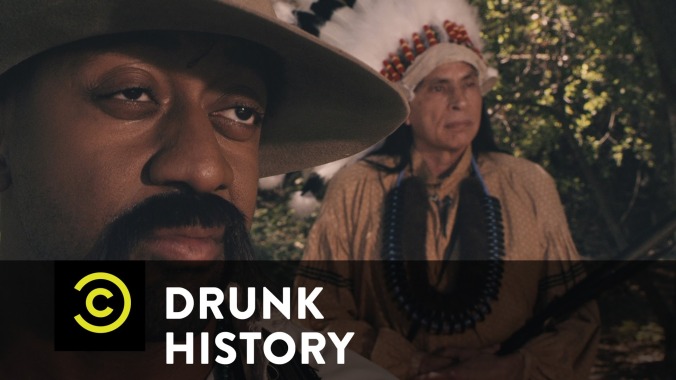Meet the man who might have been the real-life Lone Ranger

This week’s entry: Bass Reeves
What it’s about: The real-life Lone Ranger. Reeves was a U.S. marshal in the “Indian Territory” that became Oklahoma. He used marksmanship and detective skills to bring more than 3,000 outlaws to justice, and it’s rumored that the popular radio/TV/film series The Lone Ranger was based on his exploits. However, unlike the fictional Kemosabe, Reeves was a former slave.
Biggest controversy: While Reeves’ connection to the Lone Ranger series has long been touted (episodes of both Gunslingers and Legends And Lies: The Real West have been called “Bass Reeves: The Real Lone Ranger”), and his real-life exploits rival anything in fiction, there’s actually no evidence that the radio series’ creators had Reeves in mind. (The Lone Ranger Wiki page suggests it was more likely John Reynolds Hughes, a Texas Ranger who was a subject of Zane Grey’s 1915 book The Lone Star Ranger.) The rumors of a Reeves connection may have come from a biography that called him “the closest real person to resemble the Lone Ranger.”
Strangest fact: Reeves may have escaped slavery over a card game. Born in 1838, Reeves’ family was enslaved by Arkansas state legislator William Steele Reeves. Bass most likely served William Reeves’ son, George Reeves, a sheriff who would eventually become speaker of the Texas House Of Representatives. After the Civil War broke out, Bass “parted company with” George Reeves, as Wikipedia delicately puts it, allegedly after beating up George in a dispute over a card game. No doubt fearing the reprisals that would come from beating up a white man, and a sheriff at that, Reeves fled to Indian territory.
